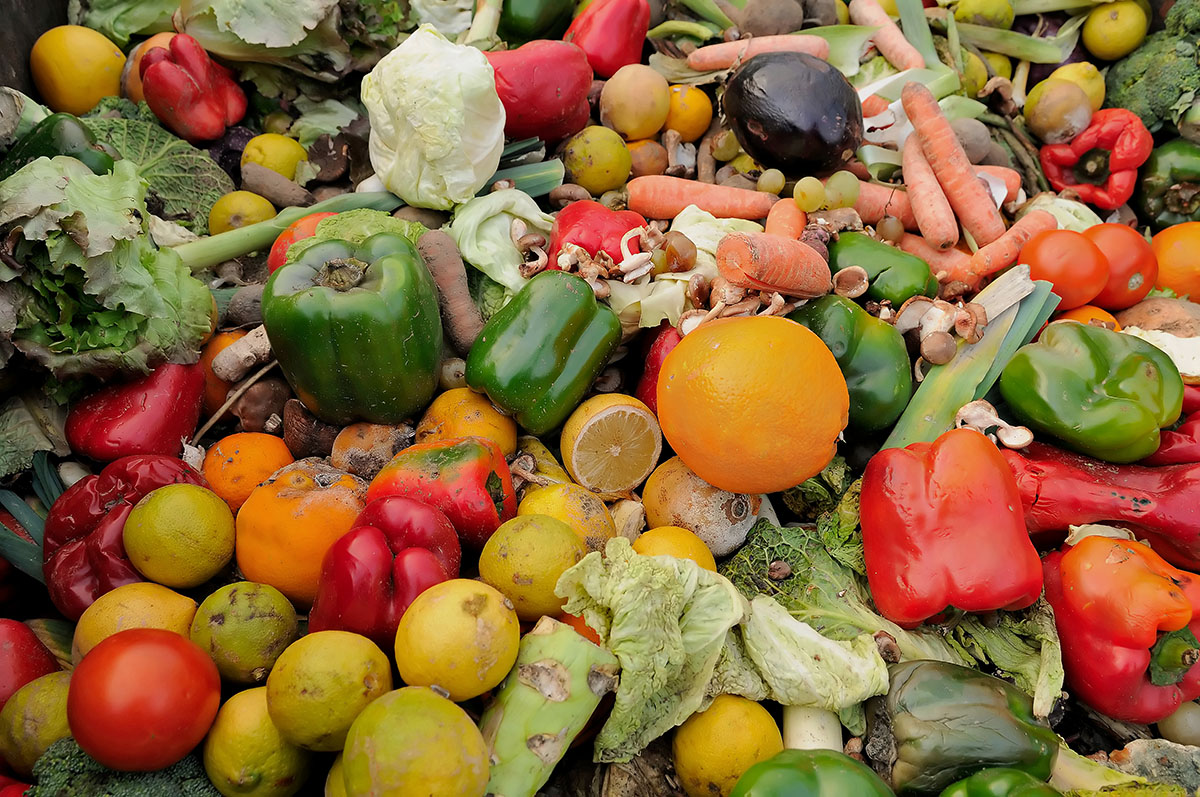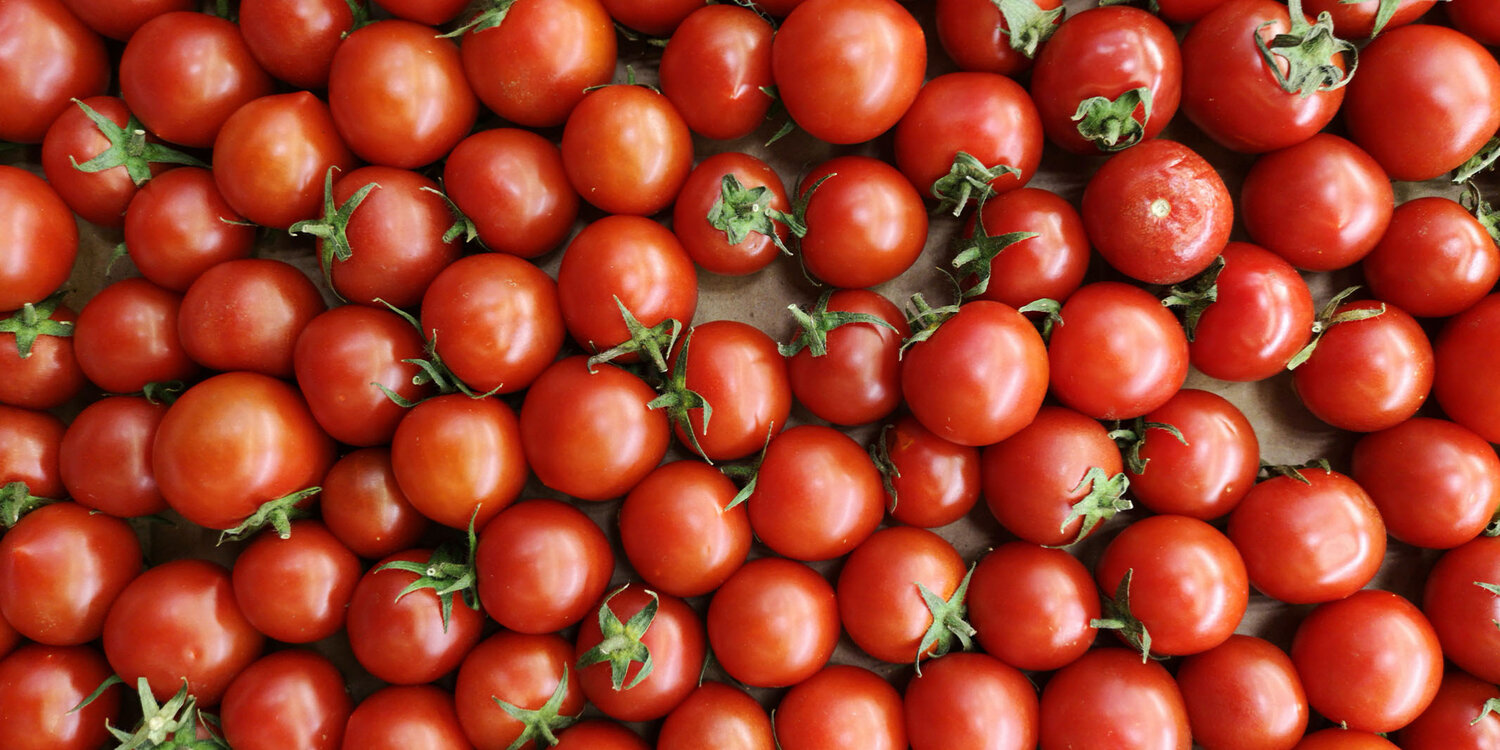This blog has been specially written to raise awareness of Stand Up for Food Month by Wrap’s Guardians of Grub. This campaign aims to create a stir in commercial kitchens to cut down on excessive food waste. And oh boy, do we have a problem in this country.
For caterers cooking up thousands of meals a day (like we do), there is a massive responsibility to the planet to keep food waste down to a minimum. If you haven’t already heard: £3 billion worth of food is wasted in the hospitality and food sector alone. Yikes 😱
The bad news.
There’s no magic wand that can make food waste vanish. Instead, caterers need to continuously look for improvements. In our humble opinion, a ‘sustainable’ caterer that isn’t tackling food waste is not worth their salt when it comes to sustainable action. Something (a lot of things) needs to be done.
The good news.
There are effective ways to fight food waste. And here they are:
1. Super clever waste technology
Introducing our kitchen’s ORCA digester, she might not look like much: but by using this marvellous machine, we can digest our unavoidable food waste into the existing sanitary sewer infrastructure. This means we require fewer polluting trips to the landfill.
2. Get outside help for food waste strategy
Rather than pretending to be a Mister-Know-It-All, caterers should search for fresh ideas from outside organisations to reduce food waste. WRAP’s Guardians of Grub offer a comprehensive roadmap to reduce the amount of delicious food and ingredients. Oh, and by the way, it’s worked wonders in changing our ops and cooking to reduce food waste. For example, we now use broccoli stems in our soups instead of putting them into our ORCA digester.
3. Rescue surplus fruit and veg
Time to break a prominent misconception: surplus fruit and veg do not mean produce that’s passed its best. More often than not, surplus veg could simply mean that a supermarket over-ordered on cabbage or that a carrot didn’t quite look how shoppers expected them. So we use a company called Angry Monk to help us source rescued fruit and veg to put in our menus, with no concessions made to freshness.
4. Being adaptable to headcount
Hybrid working has put the spanner in the works: predicting headcounts for the office canteen is trickier than ever to get right. Fortunately for Fooditude, we operate a delivered catering model. This means that we can cook to order from our central production kitchen, working closely with our clients to match our order to the people in the office.
5. Sharing meals that go uneaten
Sometimes employees have less of an appetite than on other days. There will always be some degree of wastage at our client’s office canteen. But with the help of food-sharing apps like OLIO, we can share food that’s safe to eat with them to distribute our food elsewhere. Perfecto 👌
Psst. If you’d like to get to grips with all the terms we use to discuss sustainability in catering, we’ve got a handy A-Z guide for your reading list.




